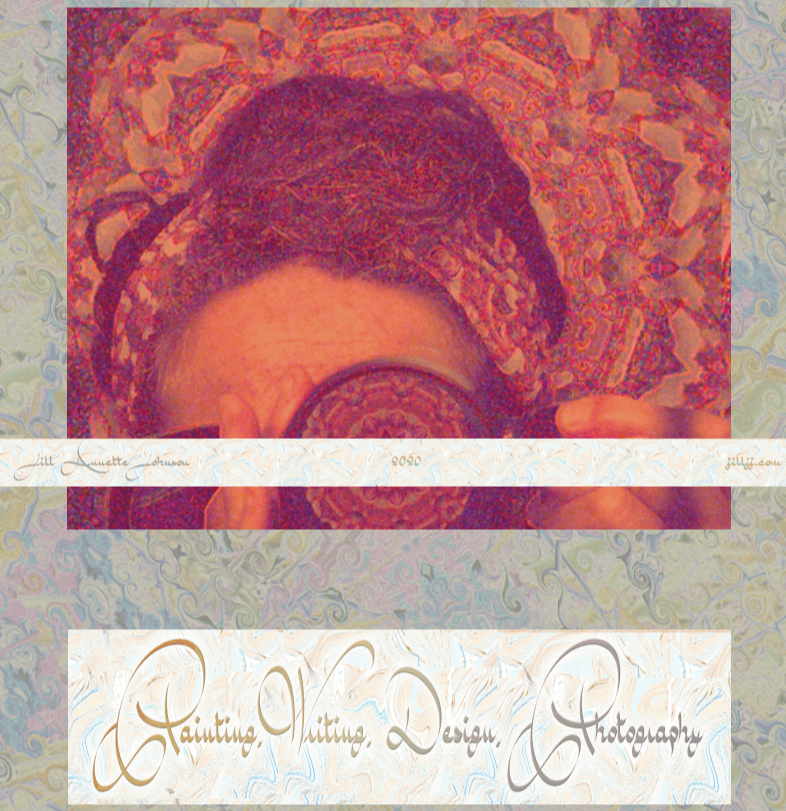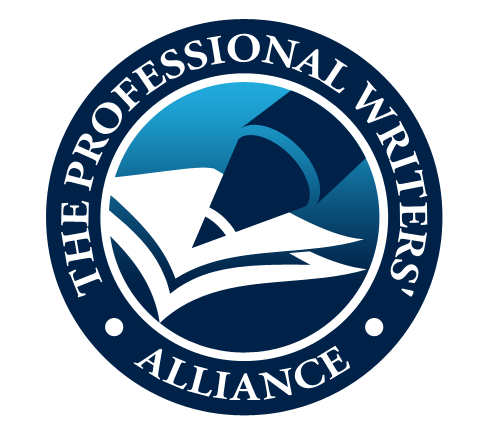Professional Print Publishing Giclee Standards of Excellence
What you should know about printing, especially if you are an artist.

What?
Artists are wise to include giclee prints (otherwise known as replicas or fine art reproductions) as a part of their repertoire. Why? Professional giclee print publishing methods include standards of excellence like mine. Compare a print produced on your personal inkjet printer to an actual painting by Renoir. Even a 700-dollar inkjet printer will not approximate the quality expected by professional outlets such as galleries and museums. Giclee print standards are just about as stringent as my own standards. As professionals, artists must mind math matters and professional standards. In 1978 I began working at a print shop. I was fortunate to have experienced first-hand the specifics of premium-quality methods. In 1978 the price of printing a fine art reproduction was astronomical. My boss, Bill told me it would cost thousands to print the full-color reproductions necessary for a fine art giclee. Back then, inkjet and laser printers had not been invented yet. If you wanted something (anything) printed, you had to visit with me or my boss to arrange it. So call me an extortionist, but don’t mess with a Renoir. You don’t want to use a printer running on low toner. It will just make you look unprofessional.
AI has really come a long way. Now we can tell computers what to paint. Not that AI will paint the way we envision anything, but it will paint a tiny picture. Tiny pictures, those under 10 MB, will print out pixelated at any size greater than 8 inches by 10 inches. Giclees are meant to approximate the high quality of, for instance, original oil paintings. A 50 MB or greater file size is necessary to produce even small giclees. It would be unprofessional of me to offer the AI-generated picture below as a giclee, but will work as a small file for your website:
[h5p id=”2″]
Adding a feature like this to your website is easy if you have me do it for you.
Why?
Why was it so expensive again? Process. Here’s what I did to prep for a job at the print shop. You can look into my past by checking out the graphic arts and copywriting here.
The art was positioned by hand with exacting precision by my boss, who often was to be found hovering over a large light table with a pica ruler. Then, under a 4-foot diameter high-quality camera next to a separate darkroom, I photographed and then developed the art from which we’d make color separation negatives. Then I’d examine the negatives for defects and apply masking fluid to any pinpoints of flaws inevitable with development. These negatives were then attached to metal plates, some up to sixty inches wide at this fine establishment. Then I’d re-enter the darkroom and get out that nasty developing compound and develop the plates that were printed by Butch (who was fastidious about proper ink application if he was not fixing his press). Butch required a minimum of 100 copies to even bother to start his six-foot-long press. There was only one time I got to stop a press, and that story is funny but is an aside from the topic, so you can find that story on my Facebook page. It took some doing to be an extortionist then. In order to stop a press I had to jump up and down a scream like a crazy woman. Now we point and click to get giclees from an inkjet.
But to do it correctly, it would be an excellent plan to take my classes. We still have not talked about math and method for the year 2023.
Classes will include the nit-picky details of what is the difference between picas points and the many other “standards” of measurement, the best papers, canvasses, or other substrates, the best printers, the optimum inks, resolutions, aspect ratios, best companies to hire, what prices to charge, and more. Drop me a note below to enroll in classes and get in on email notifications personally tended by yours truly.
How?
Before you go right out and get a fifty-dollar inkjet though, please be aware that giclee inkjets need at least 6 ink nozzles to come close to the quality you’d get with Bill, Butch, Irene, and me. A really good giclee printer will demand a five-grand computer with more memory than is commonly found at Walmart, and a large format inkjet with about 12 nozzles that spray archival light-fast high-quality ink (rather than having Butch around with putty-knives loaded with goopy ink). Far as I know, Butch got tired of working for peanuts and ventured off to acquire a union job. Heed all the points at which this whole print process can fail miserably. When you invest in a giclee process, it is still best if you can be at the print shop and oversee, or at least learn from the process. Again, the presses don’t stop. Imagine a thousand fine art prints containing a headless subject that somehow got cropped in this process. It’s risky to calculate a profit off of a headless giclee, but if you find a good niche printer, you can buy even single copies for a hundred dollars or more.
Where can I access Giclees recommended by Jill?
I primarily list at Saatchi because they offer 50 MB of high-quality originals, thereby causing my art to look great.
See the Saatchi difference here
Contact me by registering for access to your endless options
Your alternative, as previously mentioned, is to buy all the equipment for about ten grand, then point and click, as described in detail in my upcoming mastery class on exacting standards. Or have me do it for you. Some things never change.

